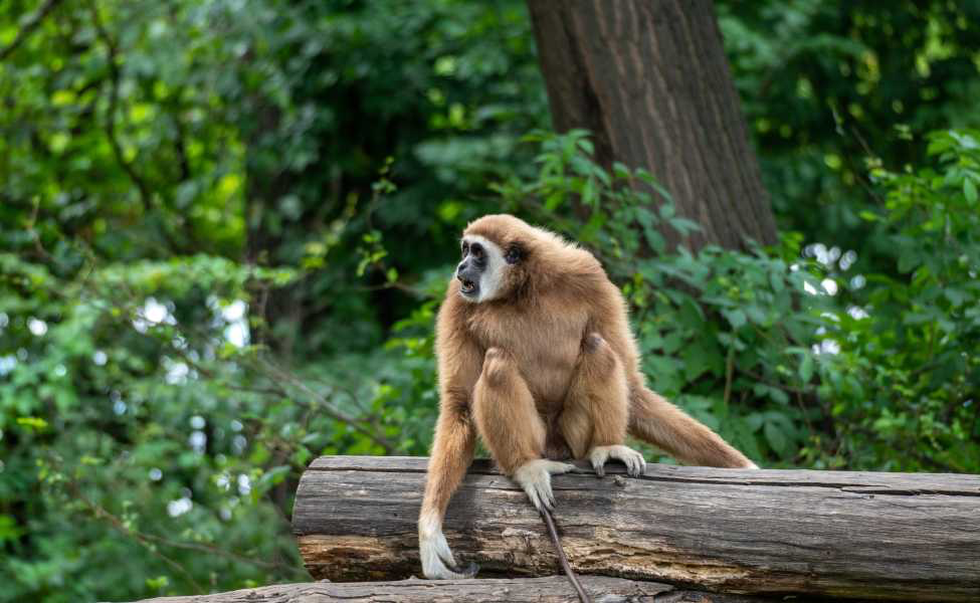About Hoollongapar Gibbon Wildlife Sanctuary:
- It is an isolated protected area of evergreen forest located in the Jorhat district of Assam.
- It was given the status of a wildlife sanctuary in the year 1997 by the Assam Government.
- It is the only sanctuary in India named after a gibbon due to its distinction for containing the densest gibbon populations in Assam.
- Situated at an altitude between 100 and 120 m (330 and 390 ft), the topography gently slopes downward from southeast to northwest.
- River: The Bhogdoi River creates a waterlogged region dominated by semi-hydrophytic plants along the border of the sanctuary.
- Flora:
- The upper canopy of the forest is dominated by the Hollong tree, while the Nahar dominates the middle canopy.
- The lower canopy consists of evergreen shrubs and herbs.
- It contains India’s only gibbons–the hoolock gibbons, and Northeastern India’s only nocturnal primate–the Bengal slow loris.
- Also found at the sanctuary are Indian elephants, tigers, leopards, jungle cats, wild boar, three types of civet, four types of squirrels, stump-tailed macaque, northern pig-tailed macaque, etc.
